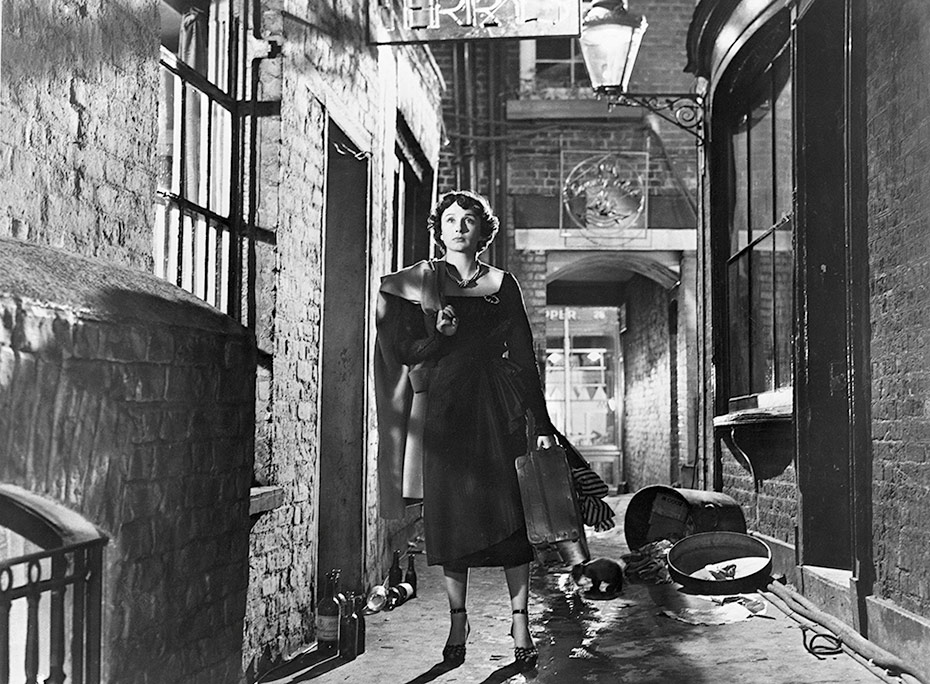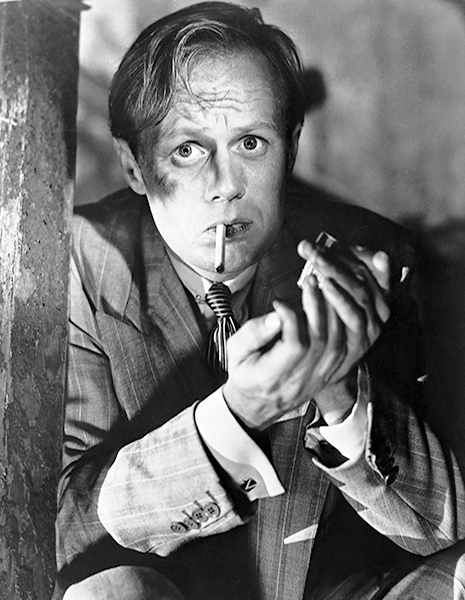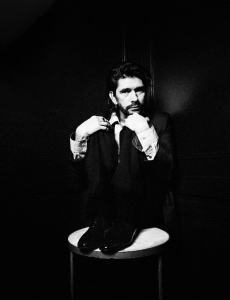Paul Duncan reveals the dark allure of film noir and how Night and the City ignited a lifelong passion for the genre

When Channel 4 started in the UK they ran a very long season of film noirs – it seemed to me at the time that it ran for six months – and I was immediately captivated by both the emotional danger and the visual aesthetics.
Although some noirs lapsed into lurid relationship melodramas, there were others that exuded sexual tension in a morally ambiguous universe. They showed me the melancholy and the mystery of the adult world. This was heady stuff for an impressionable teenager and ignited a lifelong passion for the genre.
There was one image in the season trailer that stuck in my head: from above, a man, a silhouette, running down an empty street, his long shadow stretching ahead of him, as though it wanted to escape its source. This was a clip from Night and the City, filmed in London in 1949, by American director Jules Dassin. Dassin was also on the run – Twentieth Century-Fox studio head Darryl F. Zanuck had told Dassin to take the job and get out of Hollywood because he was going to be named as a Red at a House Un-American Activities Committee hearing. Dassin read the novel by Gerald Kersh on the plane, took a liking to low-life pimp Harry Fabian, and made him the central figure of the movie.
“I was immediately captivated by both the emotional danger and the visual aesthetics”
To make a villain the central figure of a Hollywood movie was dangerous and subversive. After Tony Soprano, Nucky Thompson and Walter White, it now seems commonplace for an evil man to be the protagonist of a TV series, but it was a real shock to build a film around a low-life in 1950. Harry Fabian was played by Richard Widmark, whose electric debut as despicable Tommy Udo in Kiss of Death (1947) – he pushes a woman in a wheelchair down the stairs – won him a Golden Globe and an Oscar nomination. For Night and the City, Widmark had to do two things almost every night – it is mostly shot amongst the rubble and ruins of postwar London – he had to run and he had to sweat. In later life, he described it as the toughest shoot he ever undertook.
The film opens with a series of tableaus of Fabian running, trying to escape his unseen pursuers. These feel like animated renditions of De Chirico’s painting ‘The Melancholy and the Mystery of a Street’ (1914). All you need to know about Fabian is that he wants to make money by whatever means are at his disposal. We see how he lures unsuspecting visitors to high-priced low-life night clubs. We see him persuade, cajole and blackmail with his enthusiastic charm. It’s not difficult to read the film as a warning against unfettered capitalism, much like Force of Evil (1948), and it doesn’t surprise me that Martin Scorsese once planned to remake the film given his acerbic paeans to the acquisition of money: Goodfellas (1990), Casino (1995), and The Wolf of Wall Street (2013). But Fabian is a minnow among sharks, and he is soon swallowed whole – the film ends with Harry propelled into a watery grave.
Although in the final scene Fabian attempts to redeem himself with girlfriend Mary (Gene Tierney), by this time you know that Harry is just trying another angle to get himself out of trouble, playing the best cards he can with the hand he has been dealt.

But even he knows that he cannot escape his fate. The style, the performances, and the attitude of Night and the City fuelled my love for all things noir, so when the opportunity arose to edit Film Noir: 100 All-Time Favorites there was no doubt in my mind which film would definitely make the cut. I just had to find the other 99.




